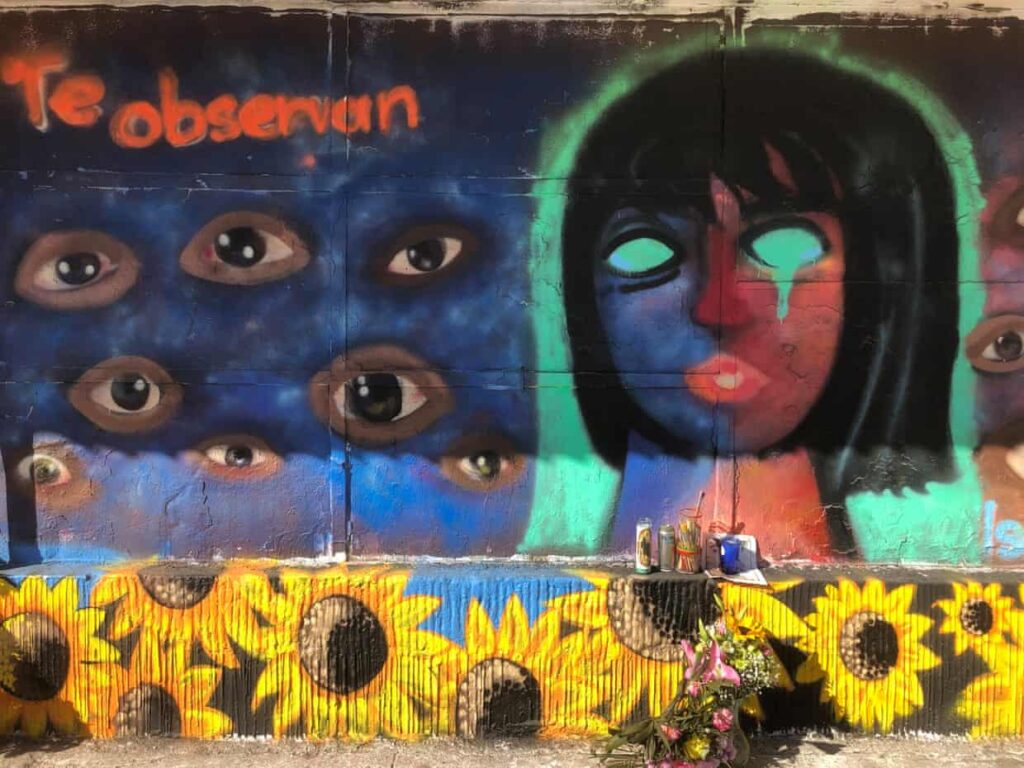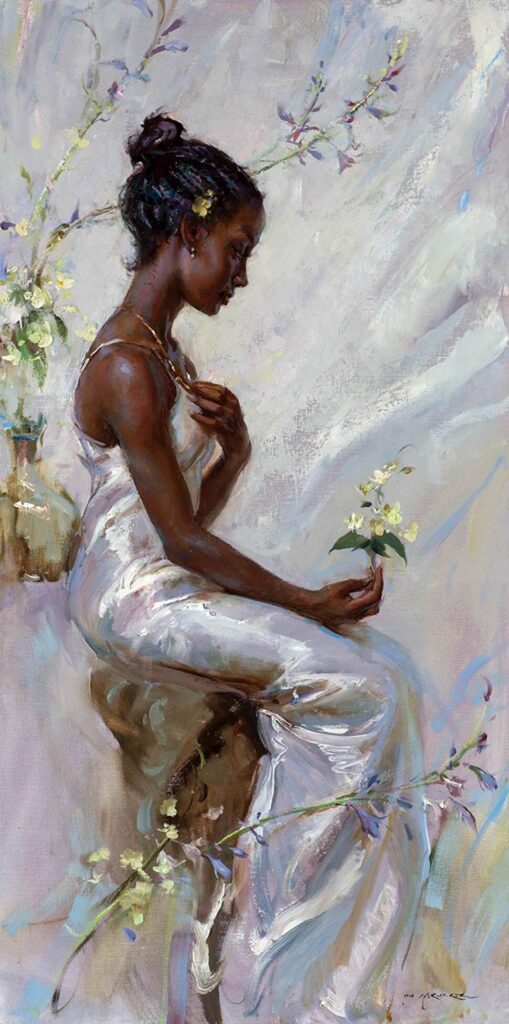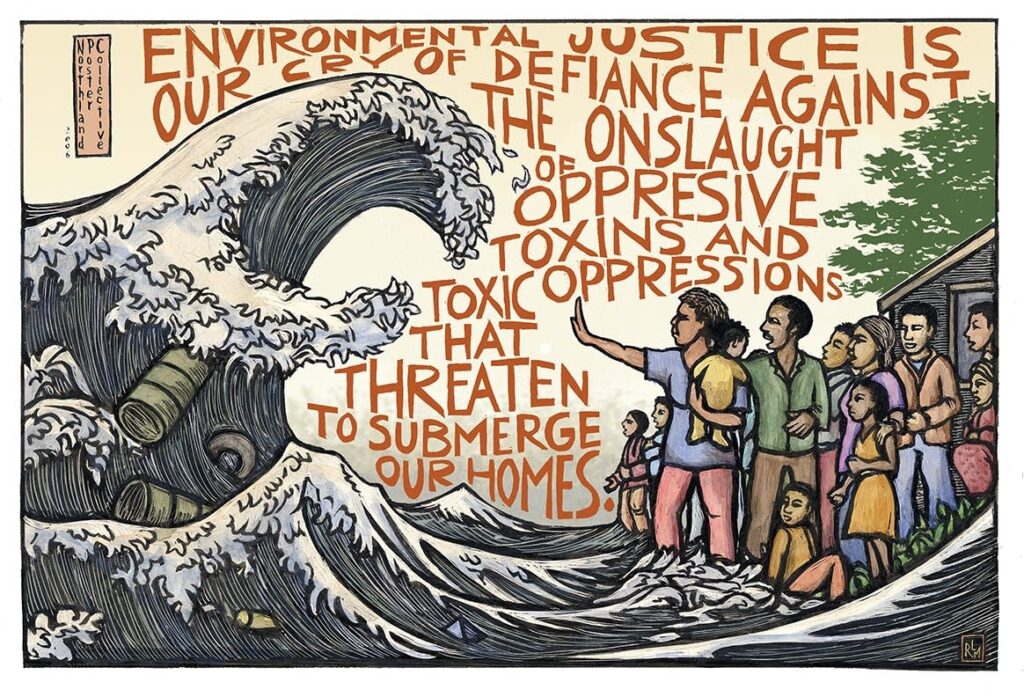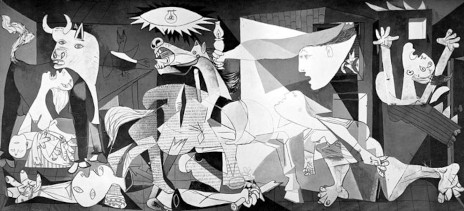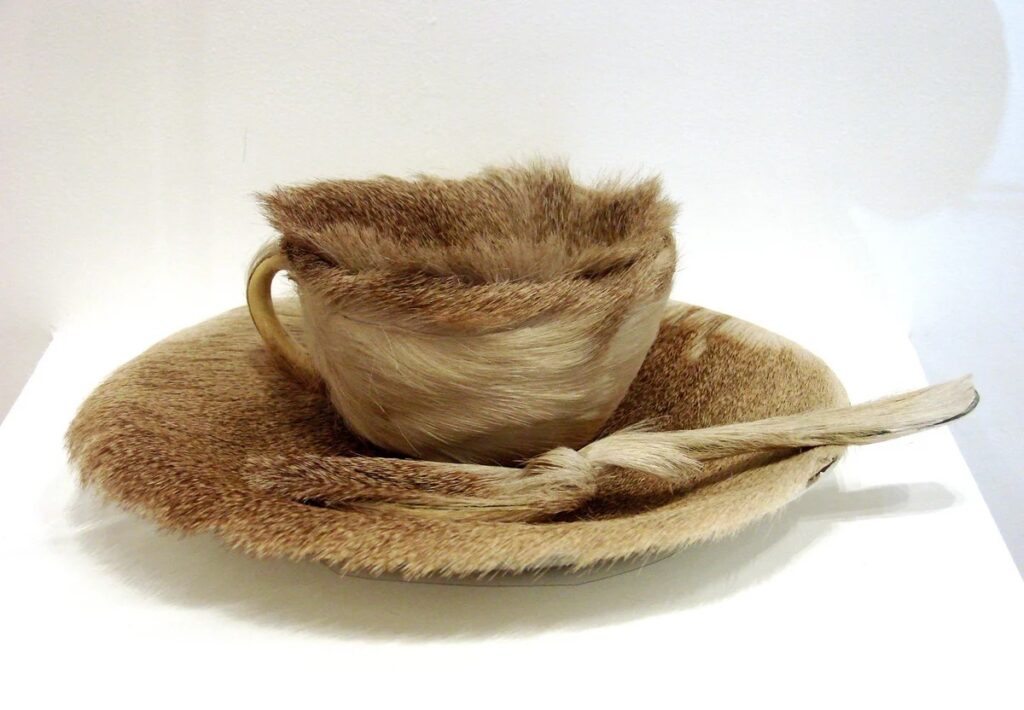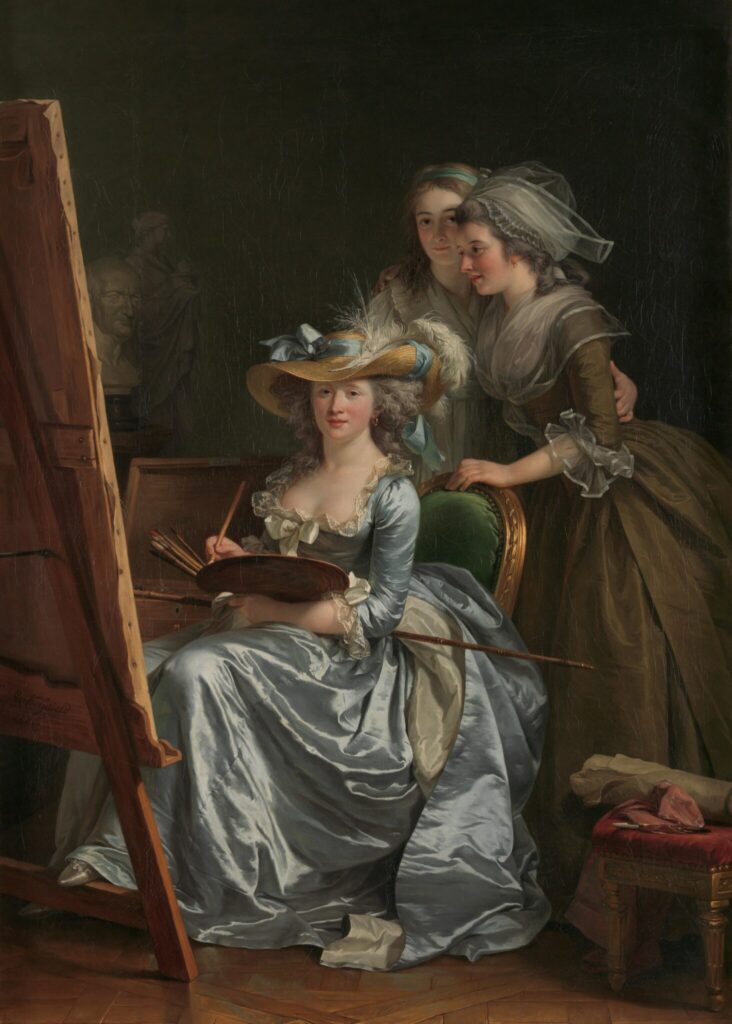This week we read Why Artistic Activism: Nine reasons by: Stephen Duncombe and Steve Lambert. We dive into the nine reasons on why people have chosen art activism and how it impacts or has impacted our world and generation.
Activism is known for creating an action and or a movement. When is come to artisic activism we learn how art moves the mind body and soul. Artistic activism is another form of peacfully protesting. Art tends to lead people on to the measurable shifts in power. We learn to observe,annalyze and respond creatively. Artistic Activism has been used throughout history. Activist around the civil rights movement used songs and drew stories about their experiences as a form of peacful protesting. We are given examples of artistic activism and how it makes people more anntentive by naming it as such. This does not mean that there is not a down side to artistic activism, feeling daunting, the huge commintment most artist also feel, the huge risk you are taking putting your work out there. It is knowing your are going to cross boundaries that some people may not agree with.
Now when I read about the 10 female performance artist and how it relates to artistic activism. These women have put themsleves out there since the 1960’s. Performing their acts as a way of protesting for women’s rights. We learn about the intistute of the arts feminist program. It was co founded by Judy Chicago and Miriam Schapiro in the 1970’s, which was one of the first feminist art programs in the united states. Public performances were later used as a form of advocatism for women. The story of Ana Mendieta was very impactful. At the early age of 12 to flee Havana with just your sister, leaving everything you know behind, she ends up in an orphanage in Iowa. She decides with the help of her sister and the other unoccompanied cuban children, created some of the most impactful performative pieces of art work. Her art expressed her displacement and ideology she expreinced as a child. These women have taken matters into there own hands and have stood up for causes that have matter most to them through their art. They have made a impact in the world that will last forever and that will inspire others as well. What I admire the most is that these women came from humble beginnings and have been able to tell their experiences through art.
